What muscles do deadlifts work?
Ever wondered ‘what muscles do deadlifts work?’ We ask the experts and reveal the impressive strength benefits of this compound exercise
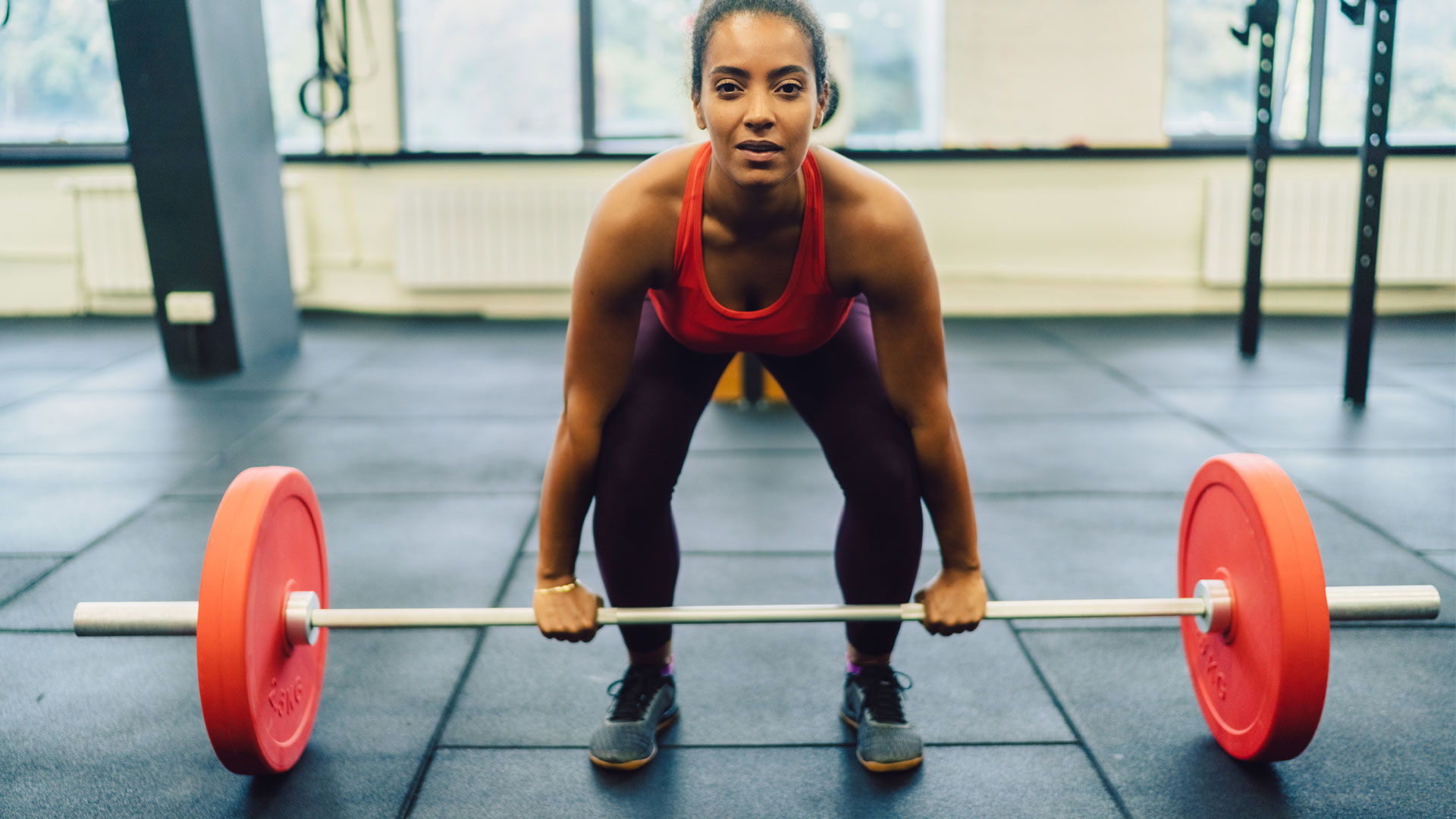

What muscles do deadlifts work and why do them in the first place? Deadlifts have a reputation for being the ‘king of lifts’ perhaps because, when performed correctly, they can strengthen multiple major muscle groups simultaneously. From training the hamstrings to the core, this strength exercise works both the lower and upper body.
Before we get into the details of which muscles deadlifts work, it helps to have a clear picture of what this workout move is. Deadlifts are a weightlifting compound exercise that traditionally uses a barbell, although other equipment such as dumbbells or resistance bands can be used. It involves lifting the barbell – known as a deadweight – from the ground with no momentum, hence where the exercise gets its name. If you’re looking for a set-by-step guide, check out how to deadlift properly with barbells.
Trying out deadlifts could contribute to the two days minimum of muscle-strengthening activity that the Physical Activity Guidelines for Americans recommend adults need each week. So, whether you’re using a barbell or are after a pair of the best adjustable dumbbells for your deadlift, we’ll reveal which muscles deadlifts work as well as the benefits and common mistakes to avoid.
What are the benefits of deadlifts?
UK-based strength and conditioning coach Dean Beaver claims that the deadlift is regarded as one of the top three compound exercises, along with the squat and bench press, within the world of strength and conditioning. And, it’s no wonder with vast science-backed benefits on offer. Deadlifts can:
- Encourage weight loss – “Resistance training is a very underrated approach to losing weight,” explains Beaver. “It helps to boost your metabolic rate and burn fat.”
- Boost bone mineral density – Research shows resistance training, including exercises such as deadlifts, can maintain or even increase bone mineral density. It is particularly important for menopausal women and older adults who are at greater risk of osteoporosis, says Beaver.
- Enhance grip strength – When performing deadlifts, Beaver always encourages clients to squeeze the handle of the bar/dumbbell. He explains: “This provides added tension in the upper body that will help you to lift the weight and, inadvertently, improves grip strength.”
- Assist with daily activities – For instance, picking up a box off the floor or shopping bags out of the car boot, says Beaver. You’re using the same motor pattern – a particular sequence of muscle movements – for these activities as a deadlift, he adds, by flexing the hip, knee, and ankle and extending the hip, knee, and ankle.
- Prevent age-related falls – According to the Centers for Disease Control and Prevention, around 36 million older adult falls are reported annually, resulting in over 32,000 deaths. Beaver claims that doing resistance training, with a deadlift as part of it, will help older adults to be stronger and more resilient if they do fall and prevent them from falling in the first instance.
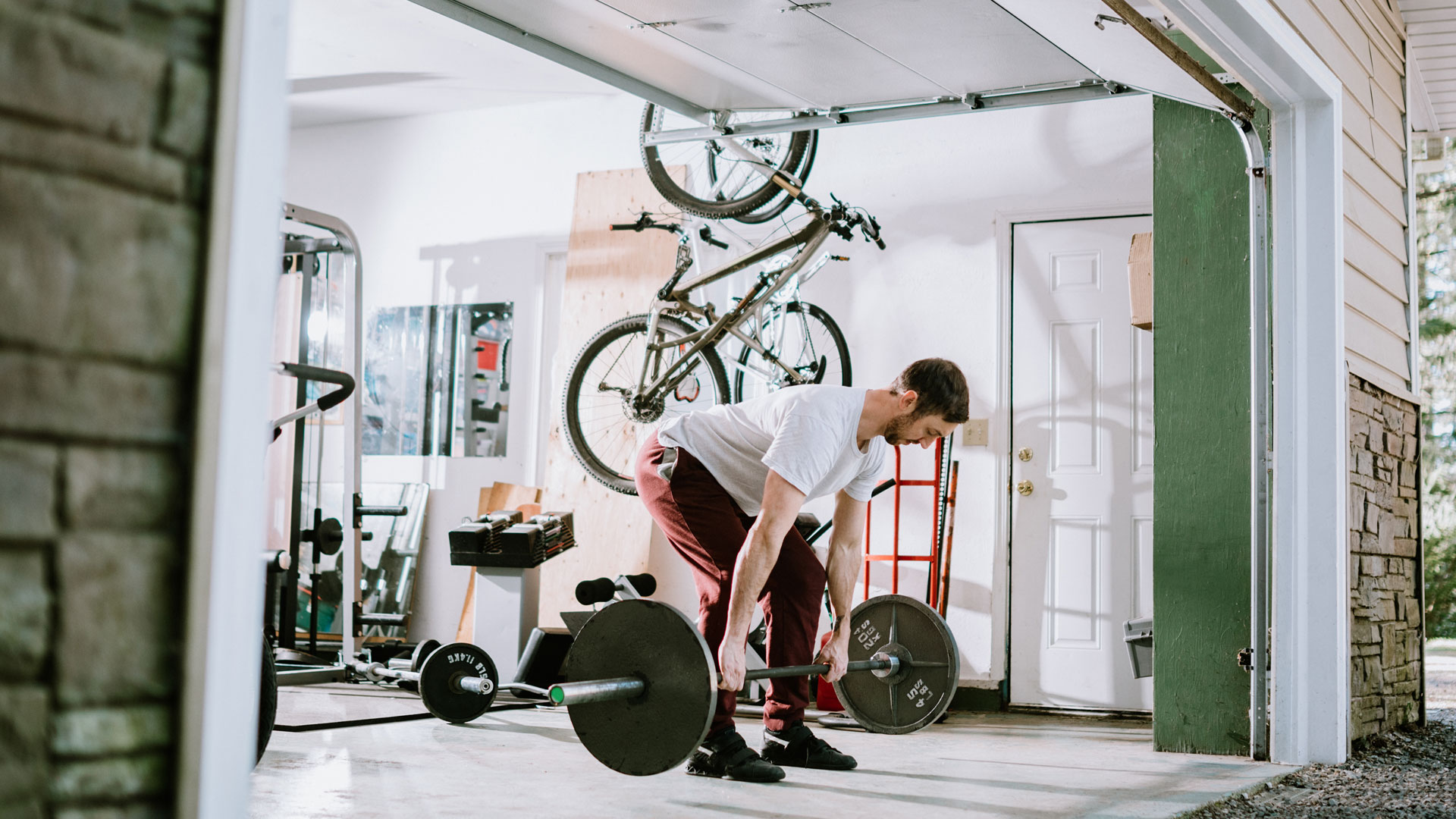
What muscles do deadlifts work?
We’ve established that deadlifts work multiple muscles at one time, but here’s a look into exactly what muscles deadlifts work.
“Deadlifts primarily work the back, glutes, and hamstrings,” says Beaver. However, when you address the bar (get into the starting position) by grabbing it, hinging at your hips, lowering your bottom down towards the floor, and pulling against the bar so everything is taut, he adds, virtually every muscle in your body is engaged.
Lower leg
Get the Fit&Well Newsletter
Start your week with achievable workout ideas, health tips and wellbeing advice in your inbox.
“Even down to your soleus (the muscle at the back of your calf) is impacted from start to end,” claims Beaver.
Upper leg
“When you address the bar, immediately, you’re eccentrically loading the glutes and hamstrings which means they’re lengthening under the pressure of getting in that position and taking the strain of the bar,” explains Beaver.
He adds that when beginning a deadlift, the hamstrings and hip flexors work to close the angle at the hip and knee joints, like a door hinge, then the glutes and quads are used to lift up and open the angle, again like a door hinge.
Further, a study in the Journal of Strength and Conditioning Research, comparing the deadlift with the back squat, found that the deadlift may be a better choice for targeting the hip extensor muscles, aka the glutes.
Upper body
Plus, while you’re doing these movements, your trapezius and erector spinae – the muscles in and around the spine – are contracting and tensing and holding your spine in a strong position.
Arms
Beaver says while you don’t bend or move at the elbows or wrists during a deadlift, the muscles in your arms are working by gripping and pulling on the bar very tightly. This means you’re going to build arm strength as well, particularly in the muscles used for clenching a fist.
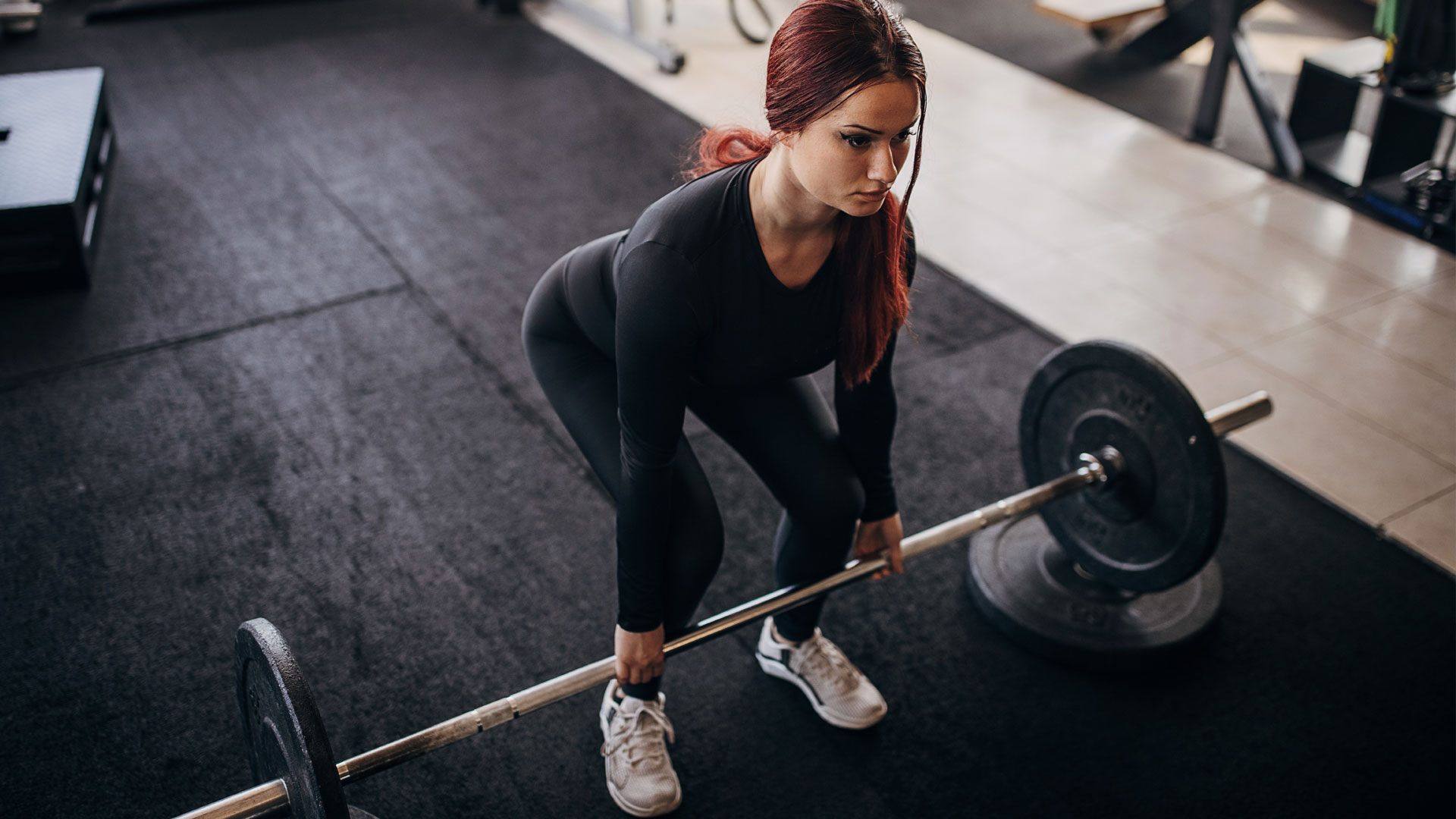
Common deadlift mistakes
To reap the mentioned benefits, effectively work the muscles outlined, avoid injury and get the most out of a deadlift, performing it correctly and safely is crucial. Learn how to avoid these top deadlift mistakes:
- Not raising hips and shoulders simultaneously – Beaver often sees people lifting the hips and then the shoulders rather than lifting them simultaneously. “This puts a lot of unnecessary pressure on the lower back,” he explains, “and risks lower back injuries.”
- Rounding the back – Your spine should remain neutral during a deadlift, says Beaver. Rounding at the shoulders and hunching puts unnecessary strain through the vertebrae in your upper spine, he adds. This again increases the risk of injury.
- Not creating tension before lifting – When addressing the bar, creating tension between yourself and the bar before starting to lift is vital, claims Beaver. Make sure not to dip your shoulders down as your arms won’t be locked meaning there will be no tension against the bar so as you lift, your arms will lock and you could jar your body, he says.
- Lifting a weight that is too heavy – Not lifting an appropriate amount of weight could hinder your technique and even lead to sprains, strains, and other painful injuries, according to Mayo Clinic.
For a beginner, Beaver recommends focussing on the technique and practicing the movement of the deadlift initially rather than the weight. Six to eight reps using a comfortably light weight, such as a 4lbs/ 5kg - 8lb/10 kg plate on either end of the barbell, at least once per week until you feel able and safe to gradually increase the weight is a good place to start, he explains. Beaver emphasizes that this is specific to each individual and it’s important to take your goals, training history, overall strength, and any prior injuries or hip and back problems into account when determining the amount of weight and number of deadlifts.
Consult a personal trainer about your technique or the amount of weight you should use if you’re unsure.
Want more strength-related content? Take a look at the benefits of squats.
Gemma Harris is a UK-based freelance journalist and health writer who blogs at thegutchoice.com and has specialist insight into gut health. She produces content for multimedia health and lifestyle platforms, including calmmoment.com, StomaTips, Planet Mindful and metro.co.uk because she has a passion for health and wellness. When not writing, she can be found walking or running in nature, at a yoga or spin class, swimming or having cocktails with friends.
-
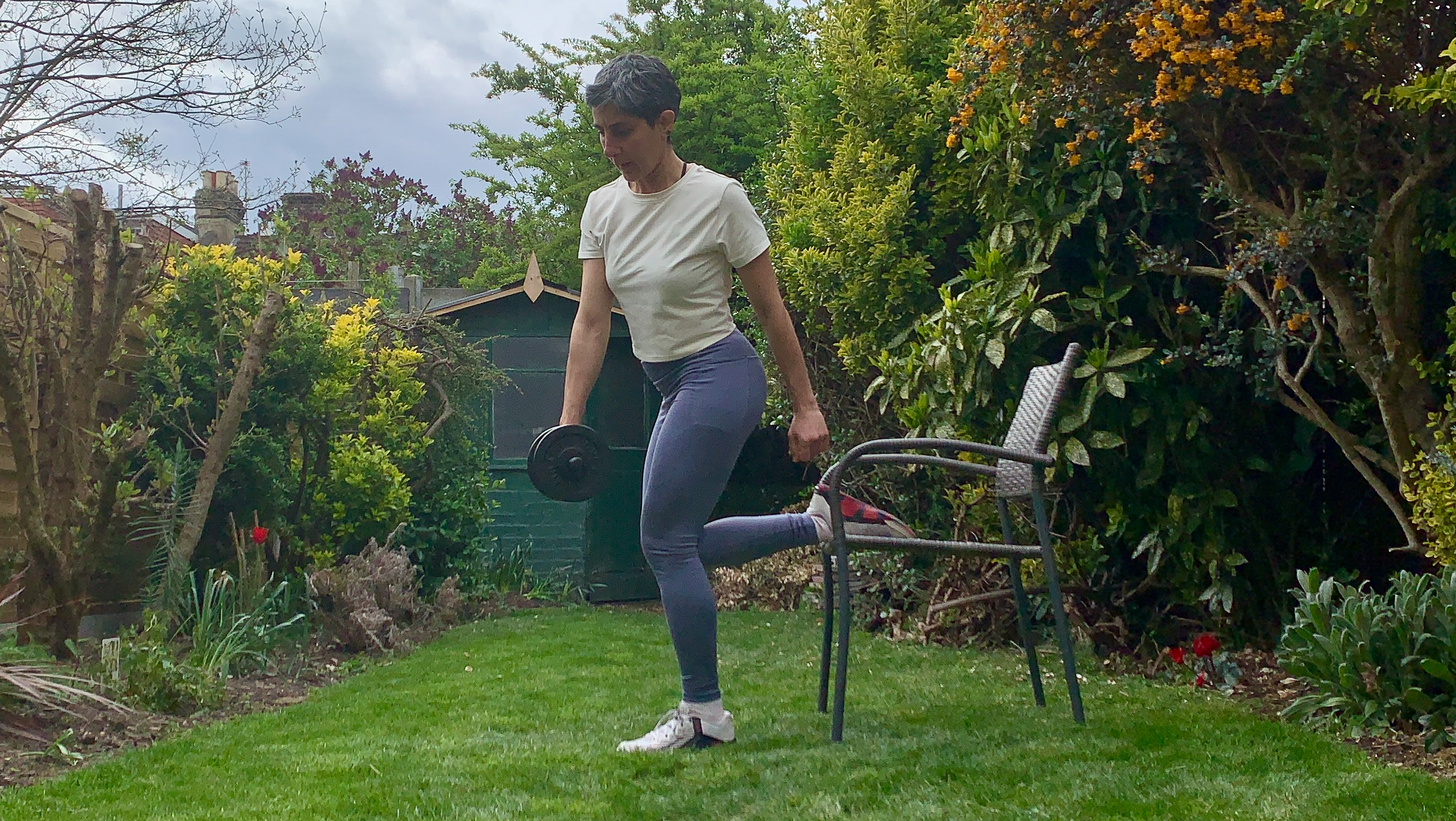 I swapped my usual core routine for this dumbbell workout—here’s why you should try it too
I swapped my usual core routine for this dumbbell workout—here’s why you should try it tooPick up some dumbbells and try my favorite deep core exercises
By Yanar Alkayat
-
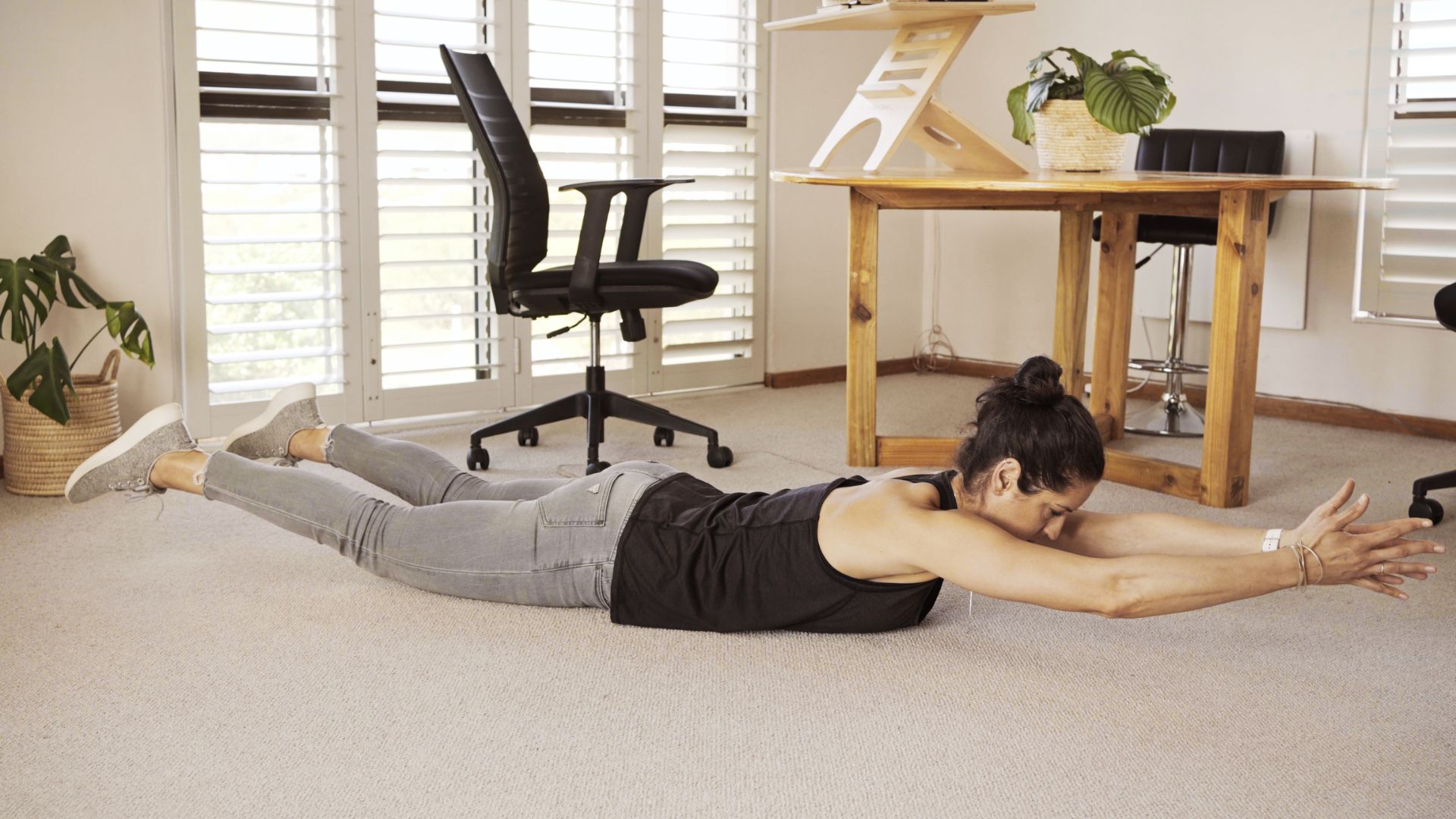 You don't need any equipment to improve your posture—just these three back-strengthening moves
You don't need any equipment to improve your posture—just these three back-strengthening movesThese three exercises will strengthen key back muscles
By Jennifer Rizzuto